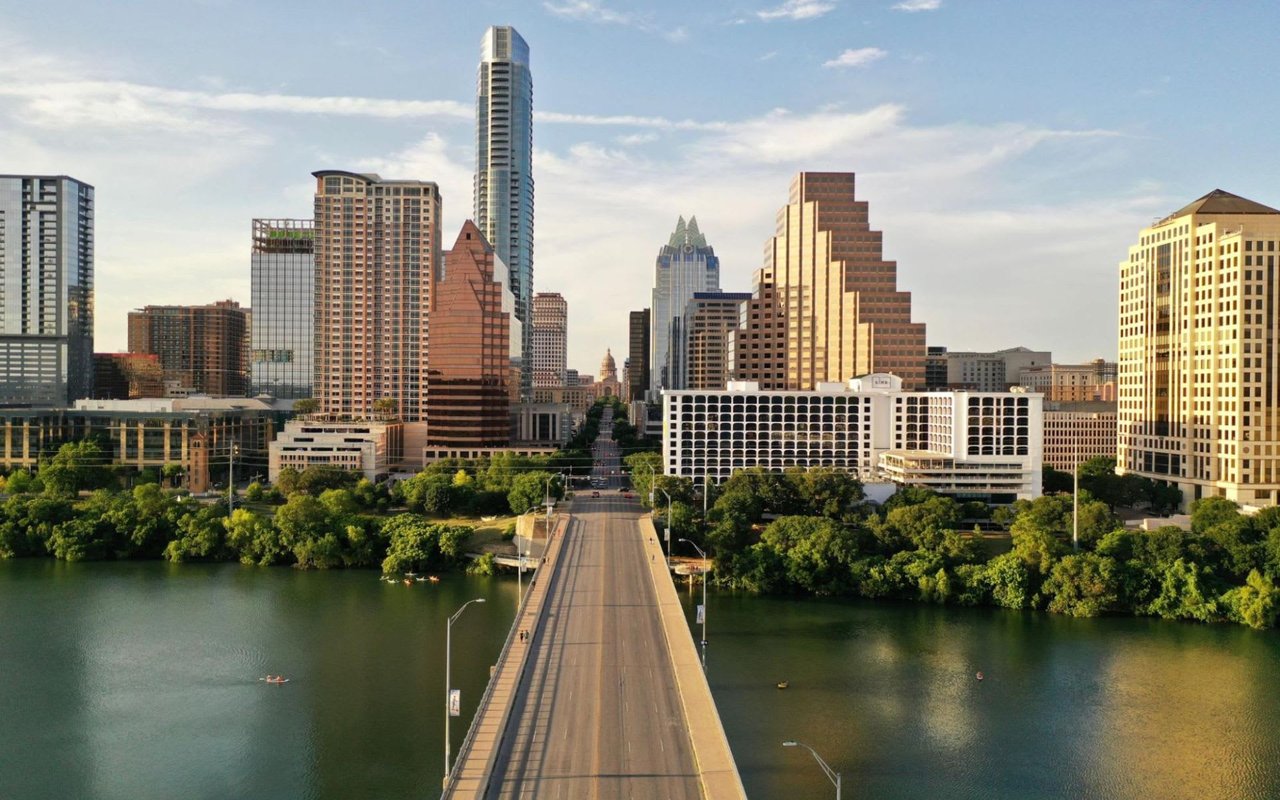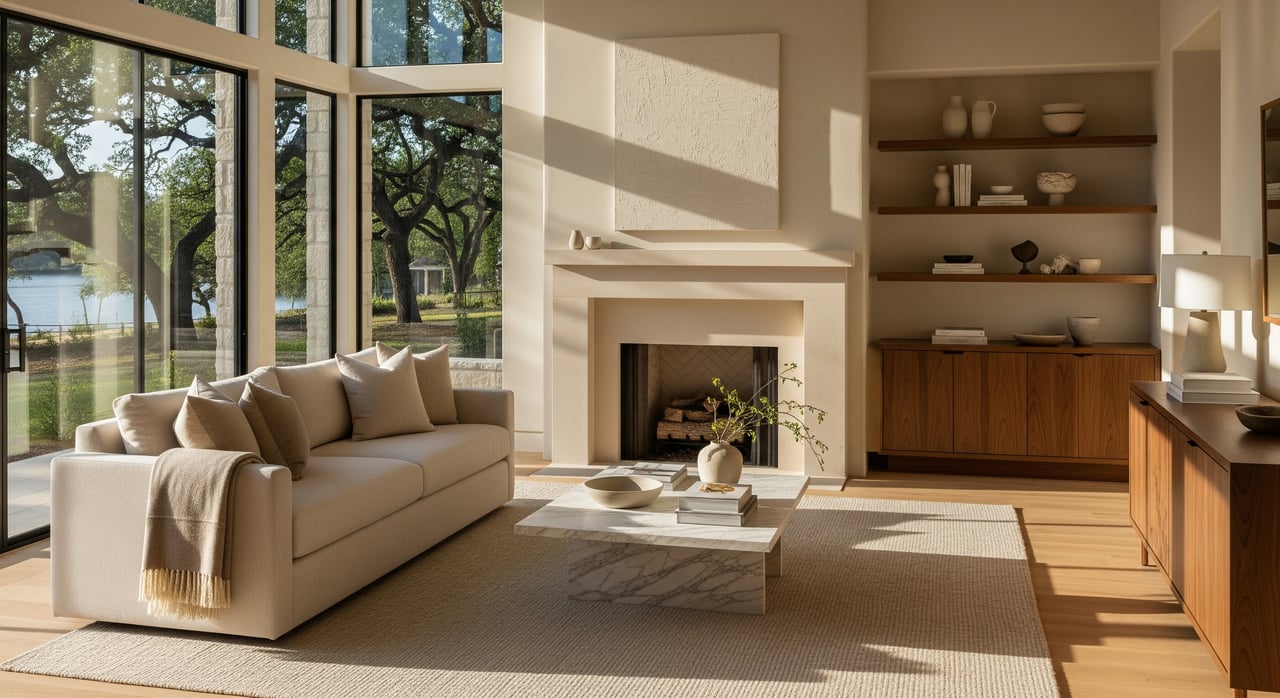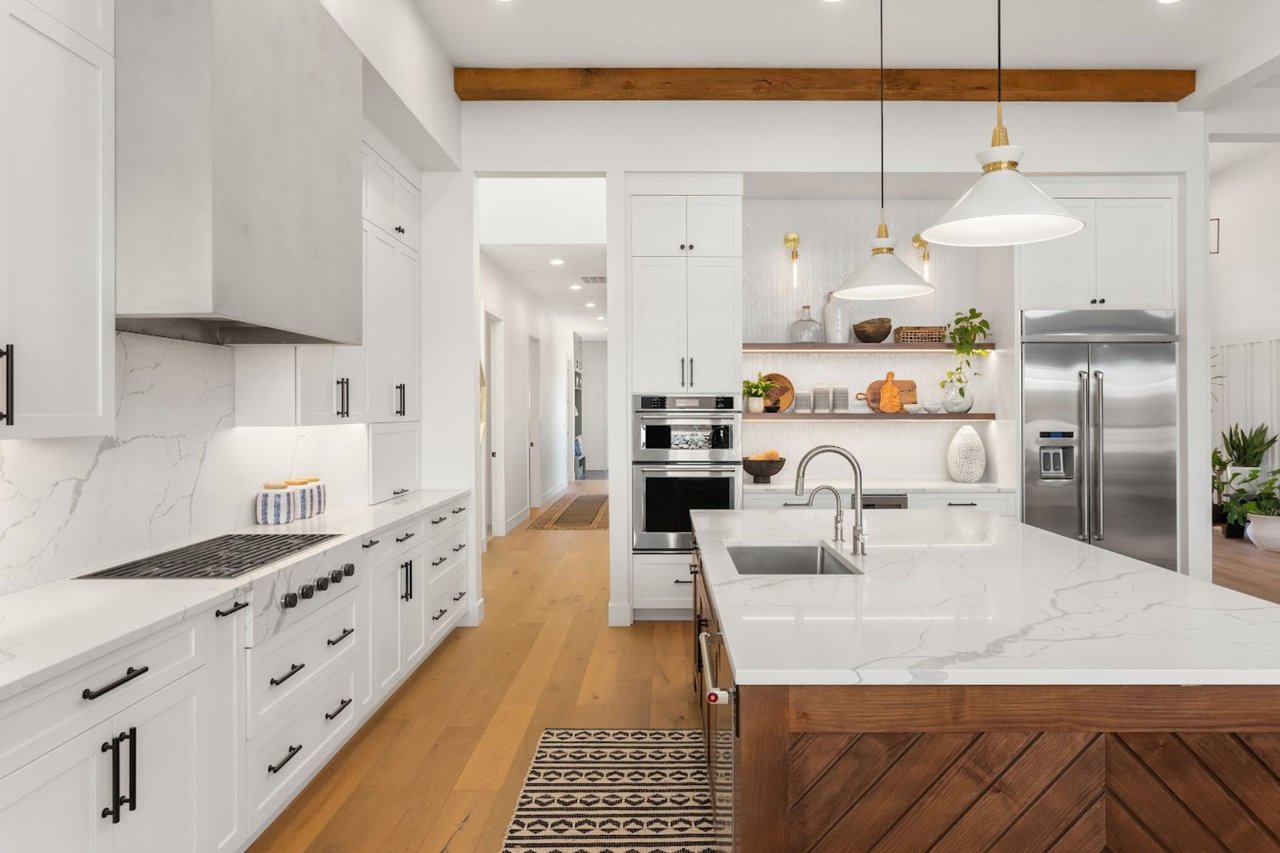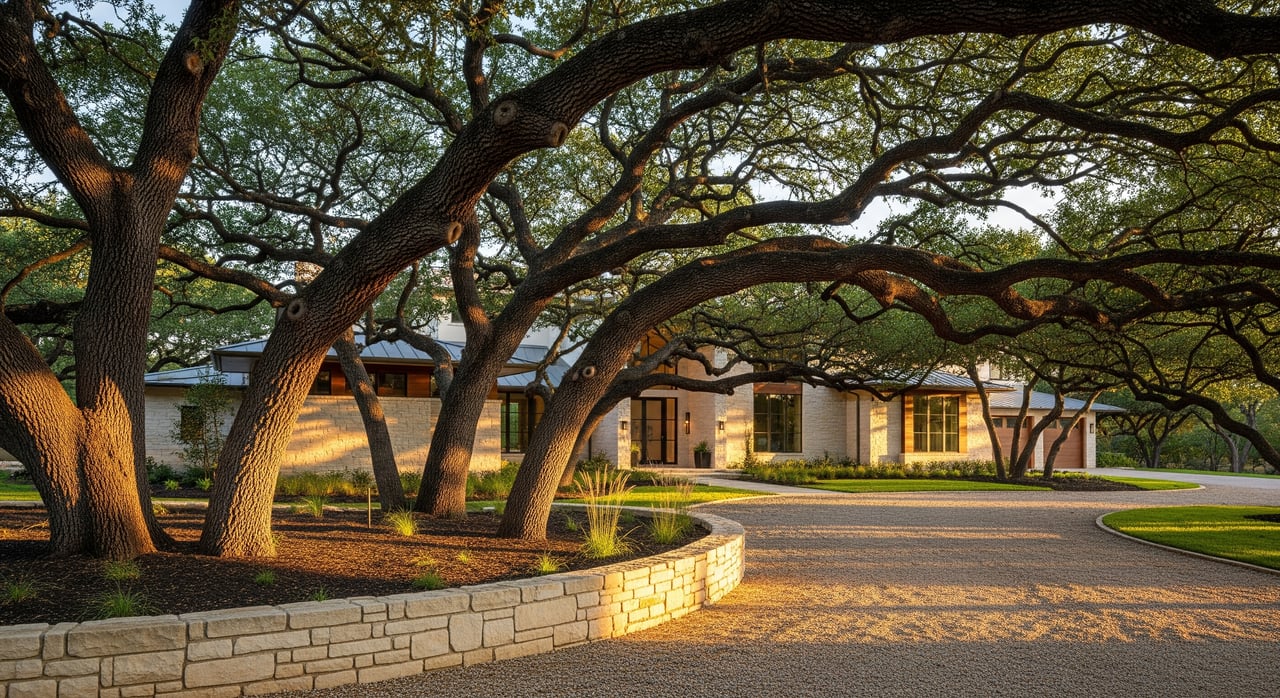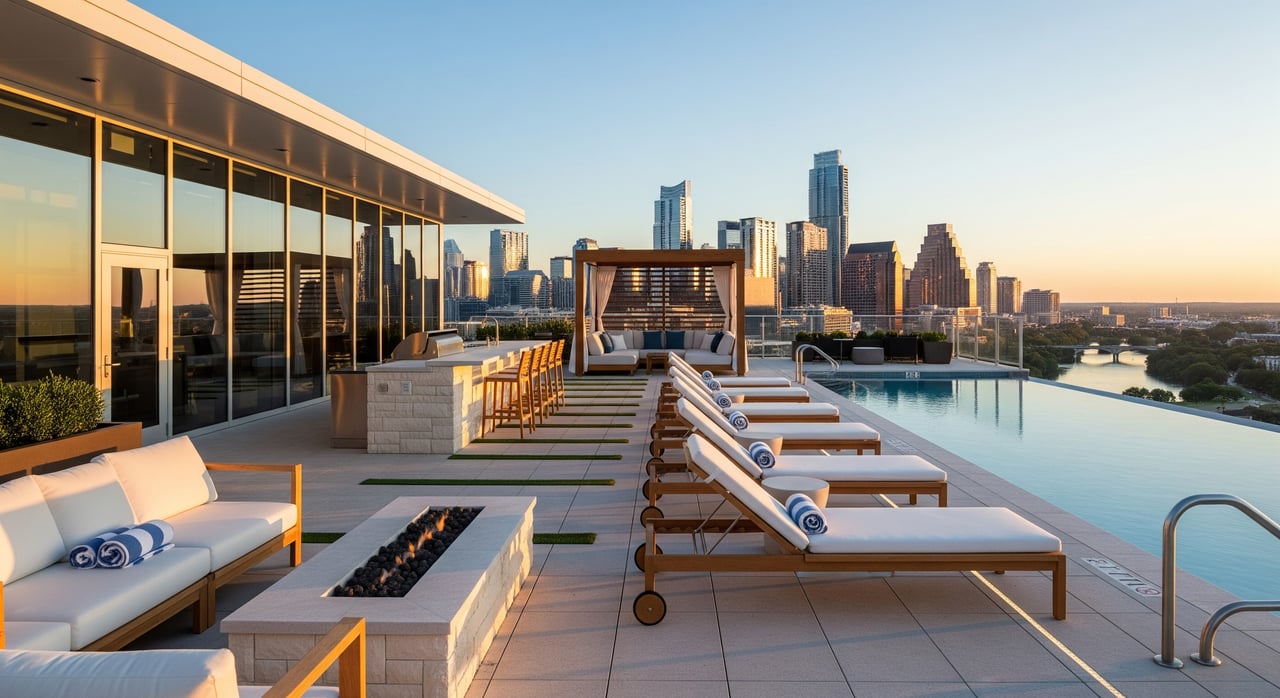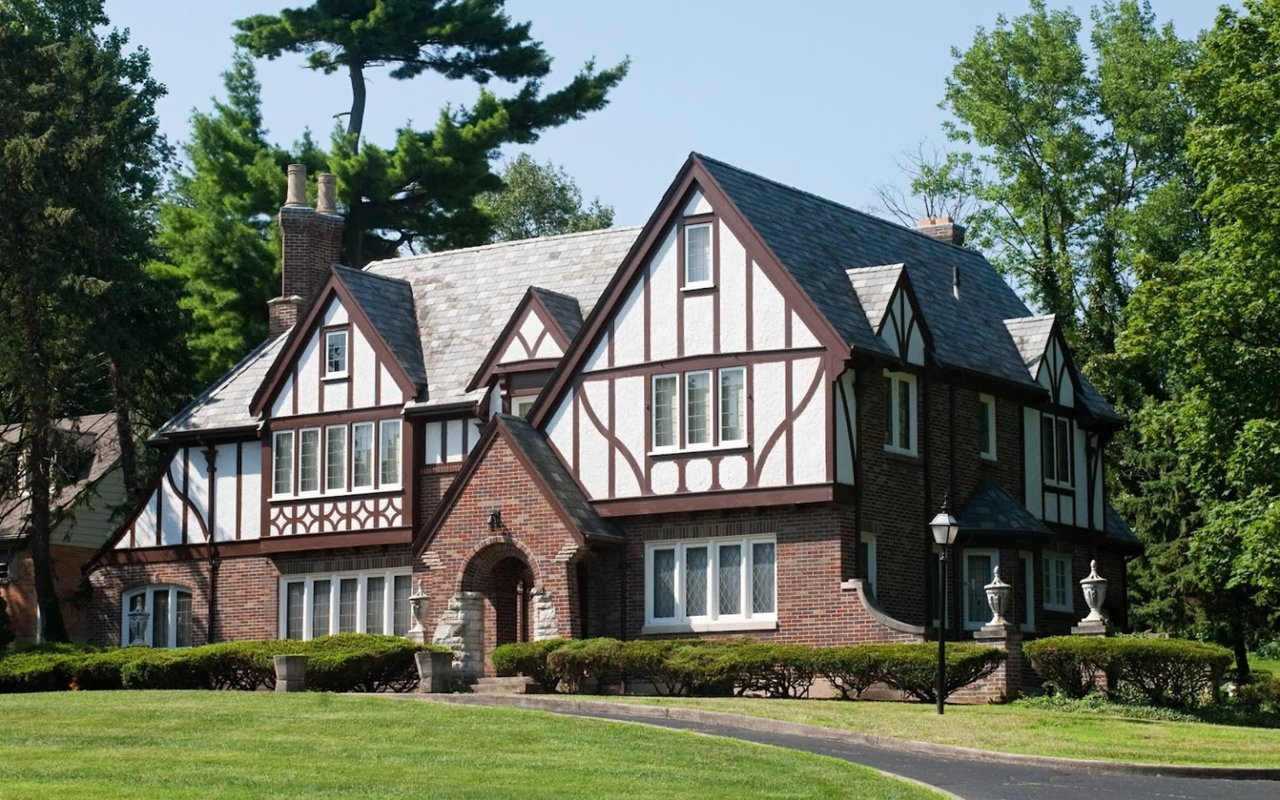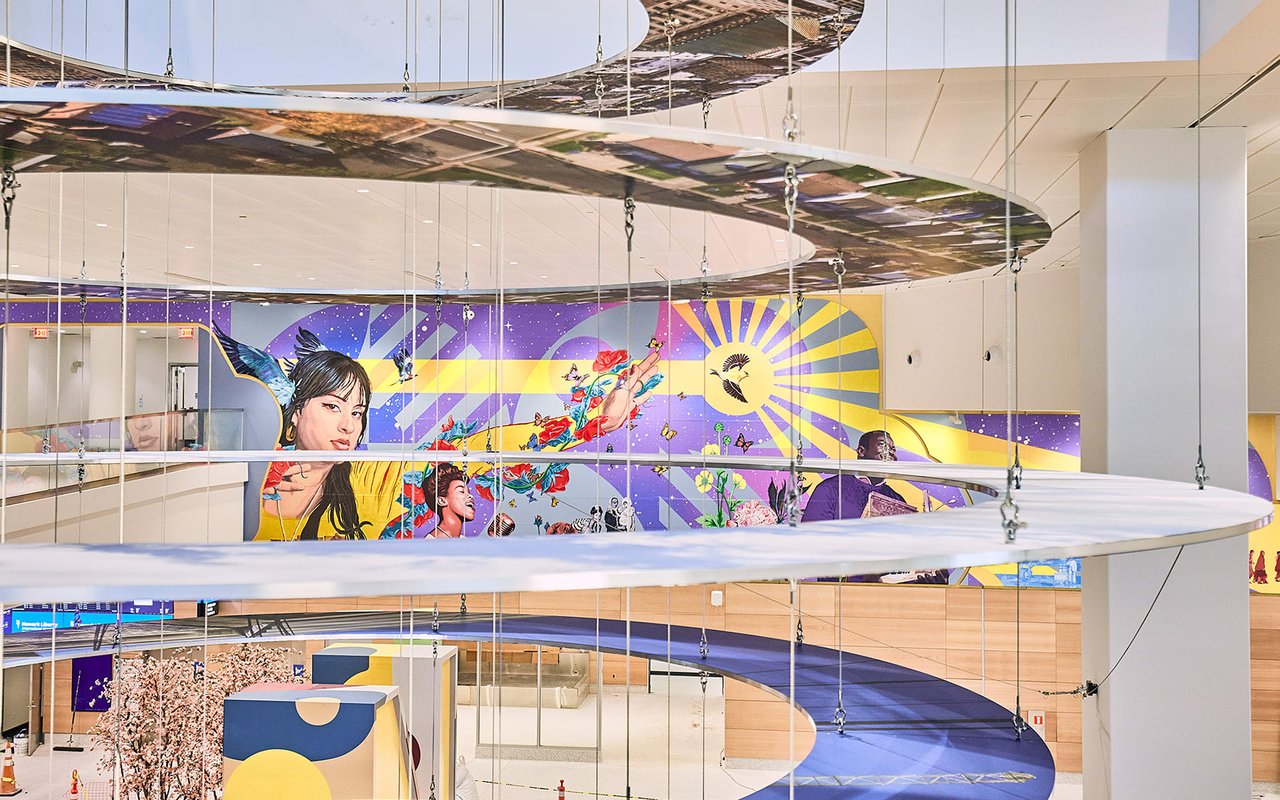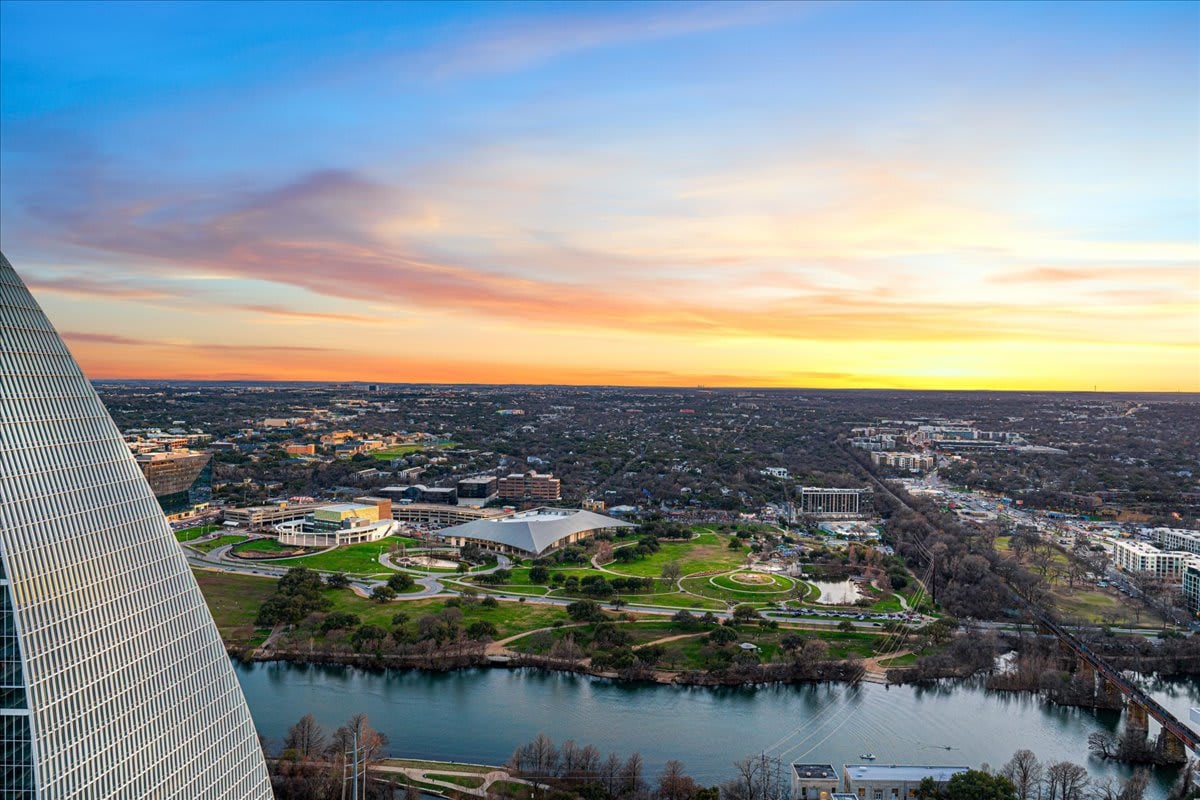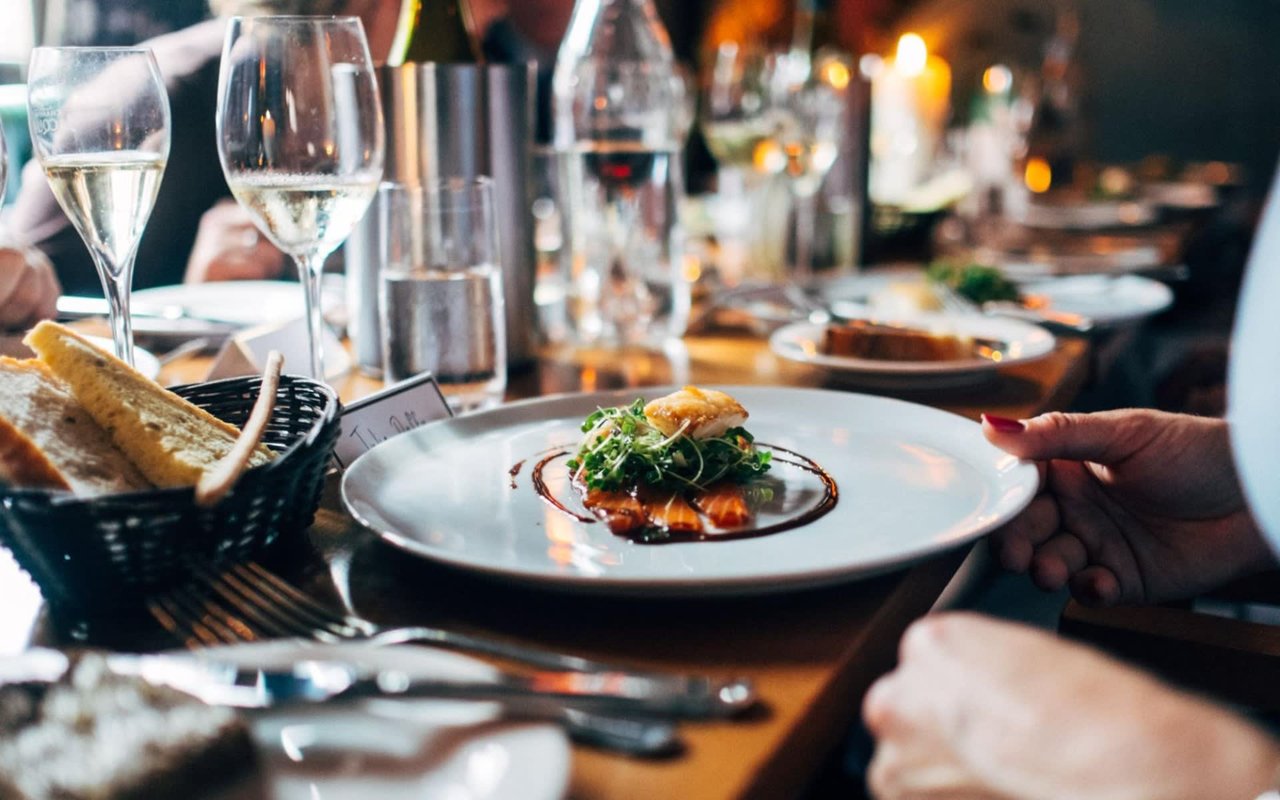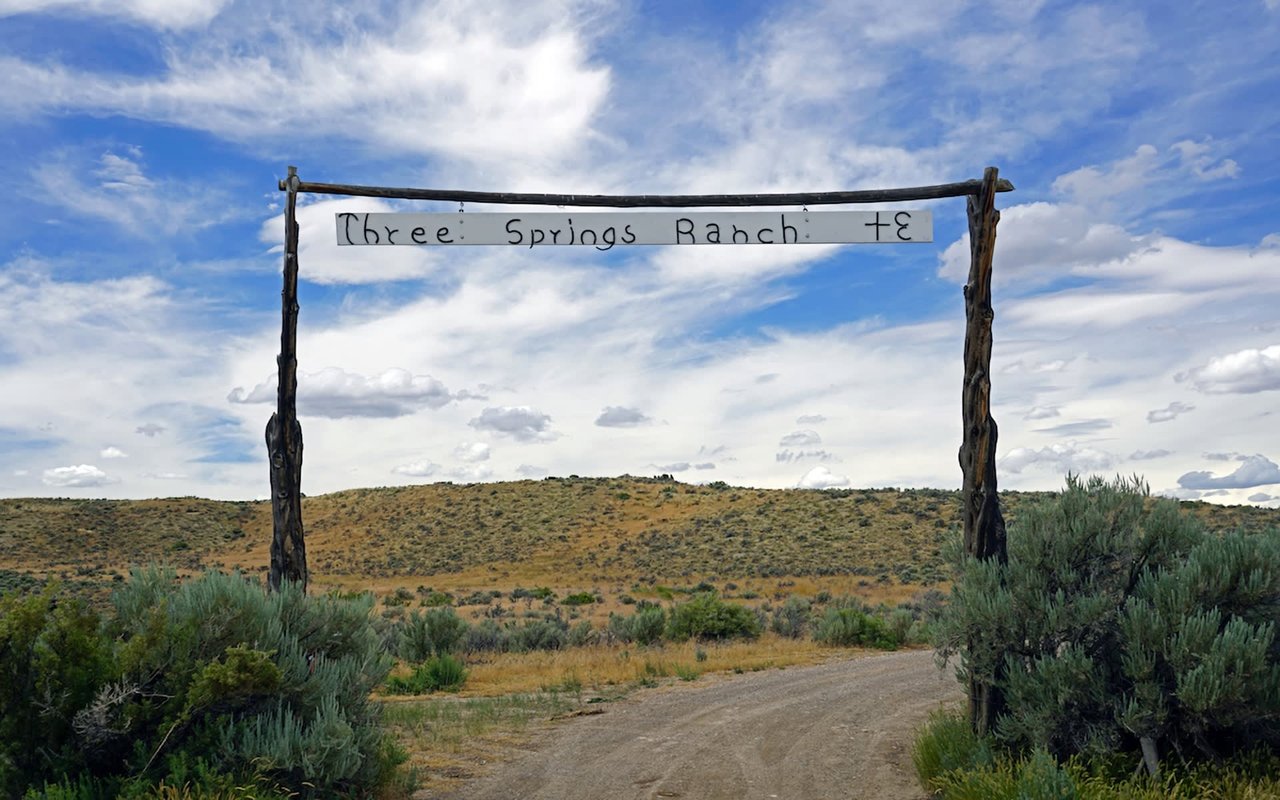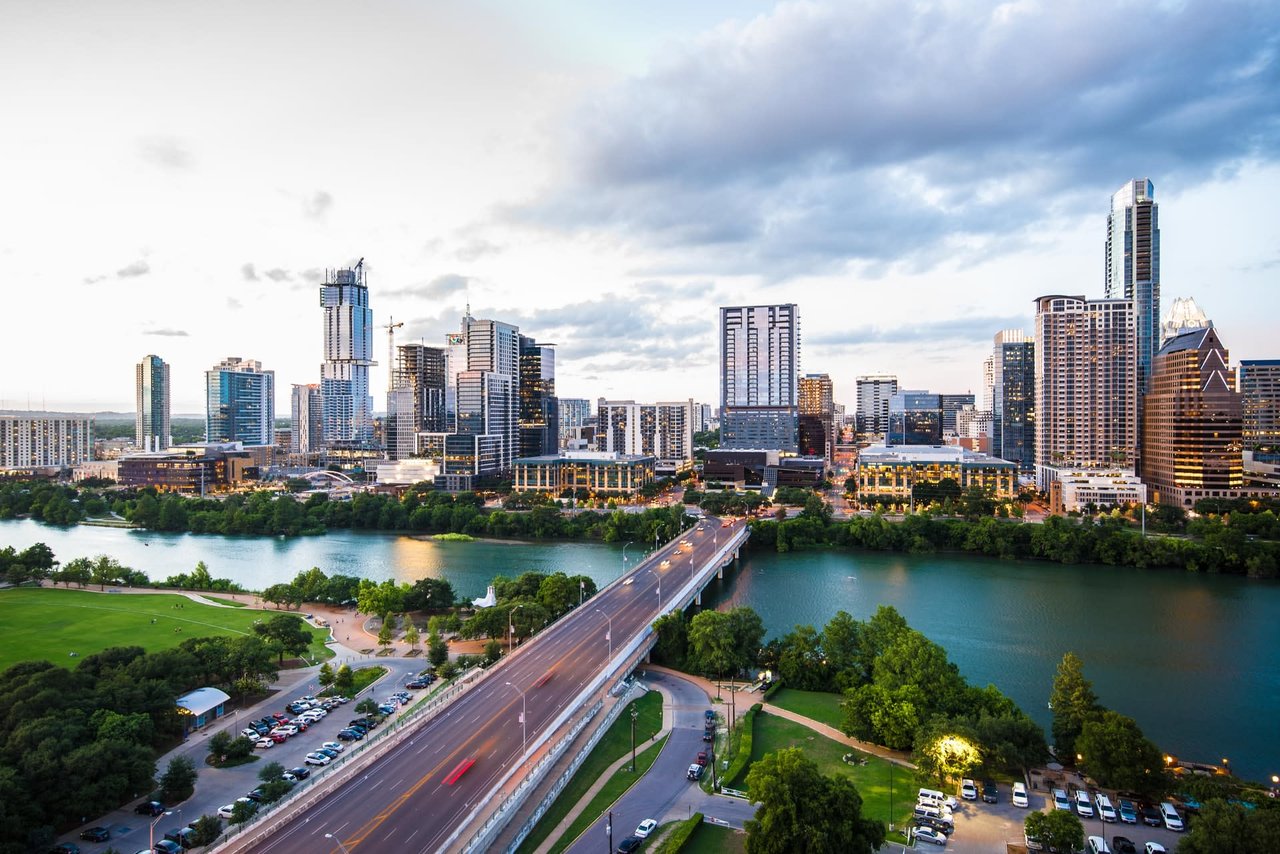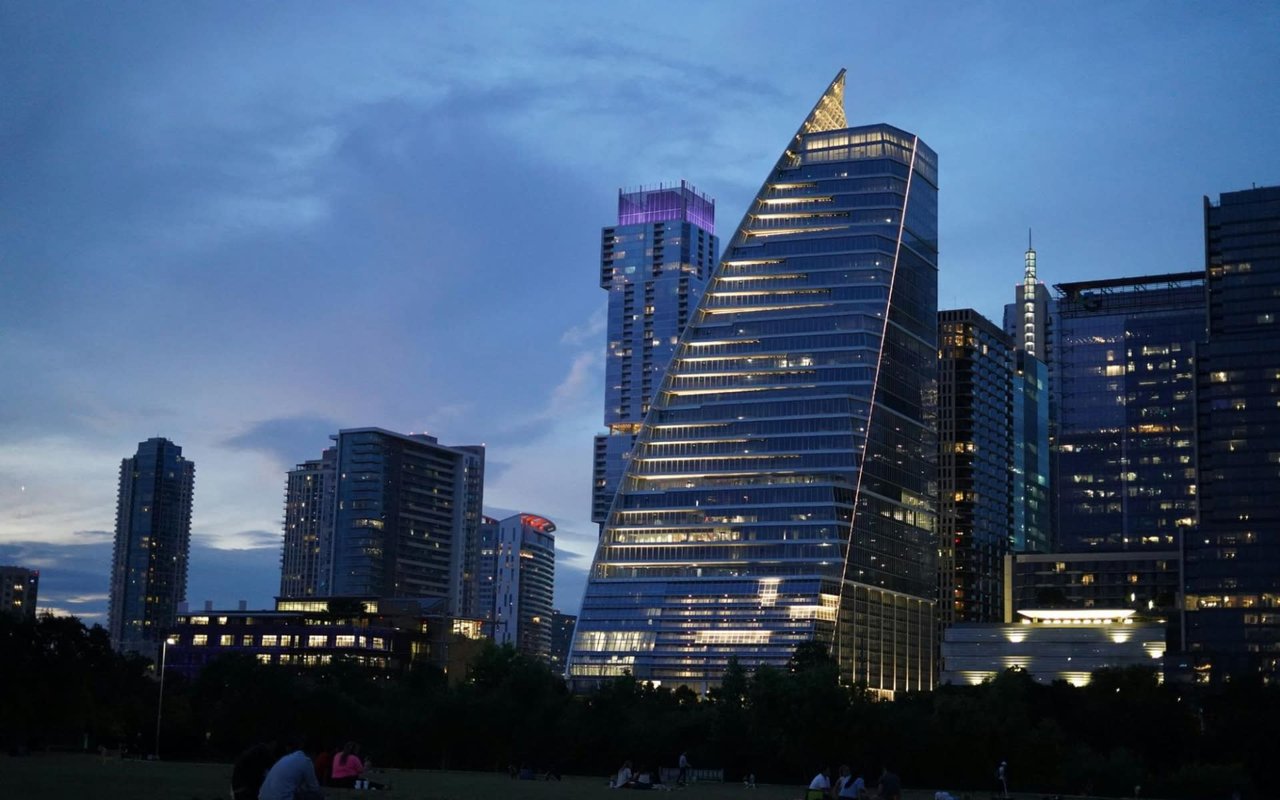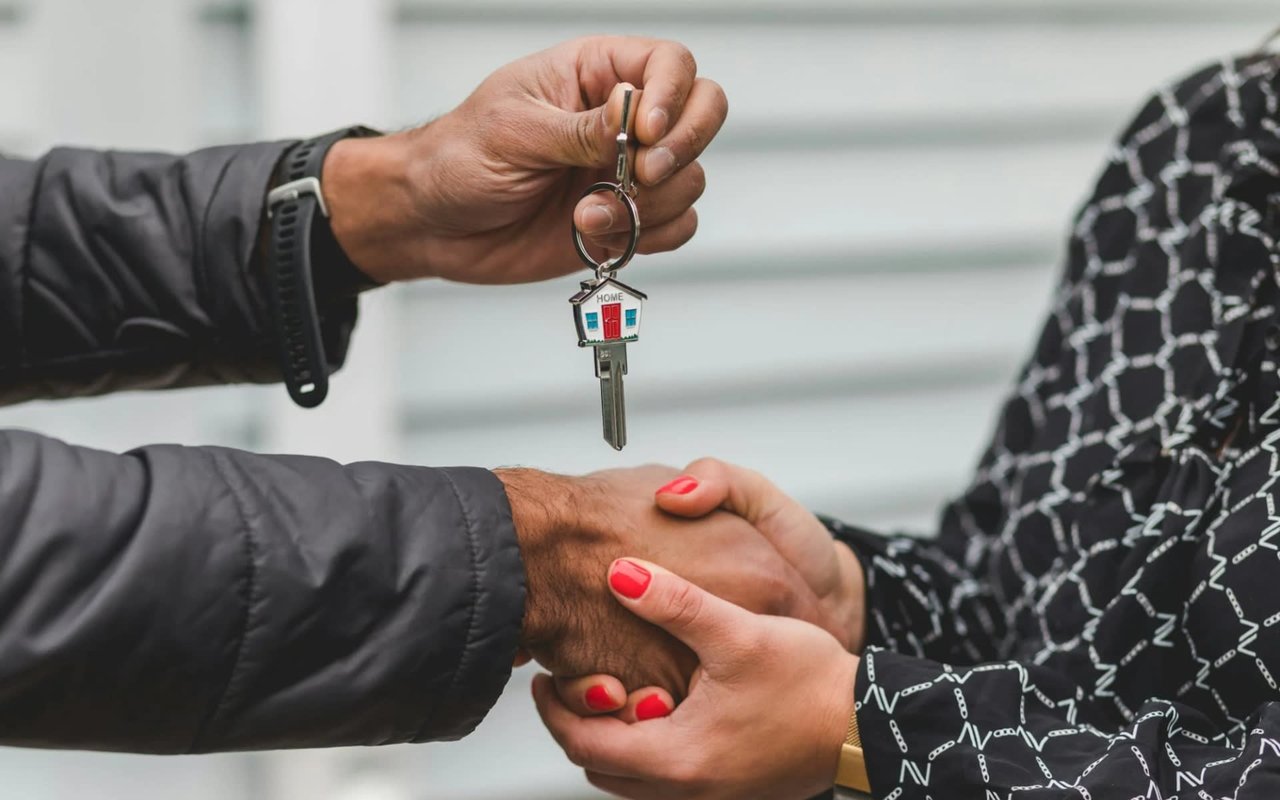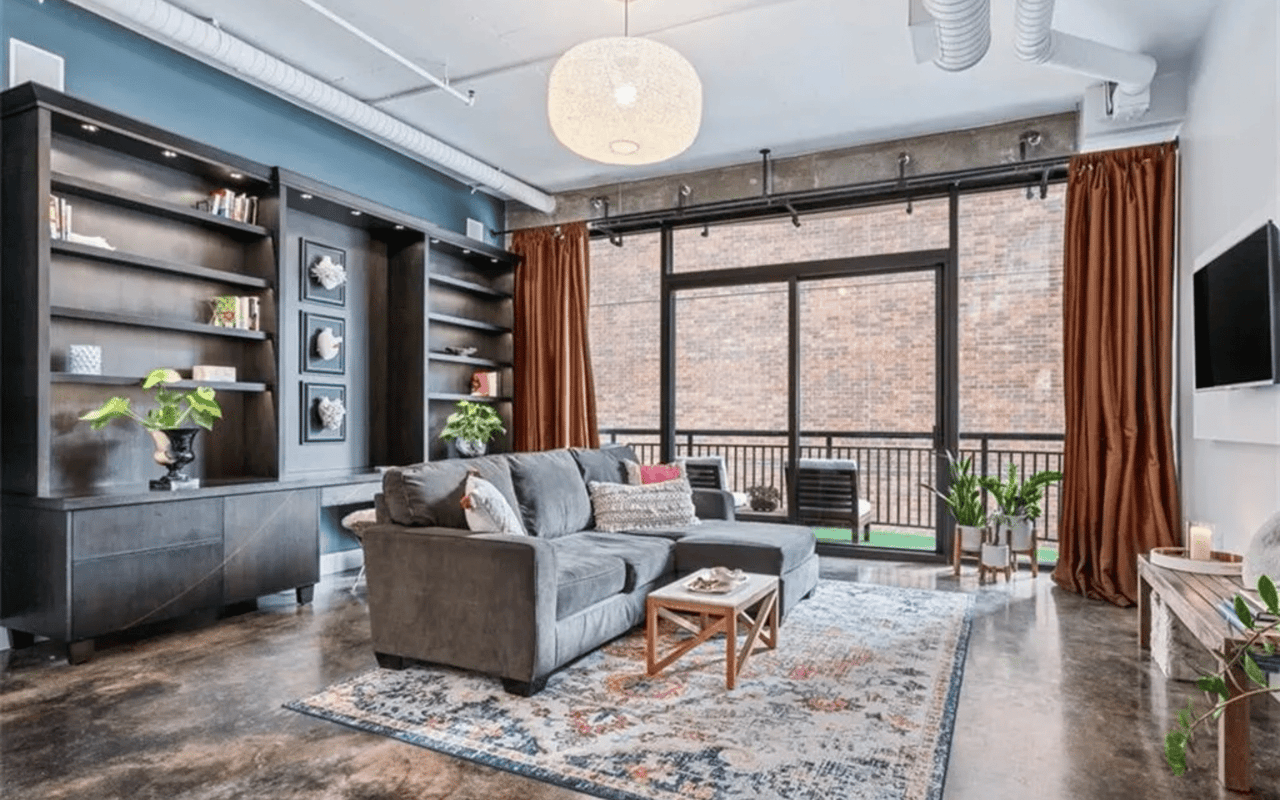For many newcomers, Austin is a gleaming 21st-century oasis. It is a contemporary beacon of progress and new development at the threshold of Texas' majestic Hill Country.
But the Austin that long-time locals know is rich with a history that dates back to the 1830s when the Village of Waterloo was established adjacent to the banks of the Colorado River. In a few years, that village would become the town of Austin—named after Stephen F. Austin, the person considered by many native Texans to be the "Father of Texas."
Then, as now, Austin was a major destination on the Central Texas frontier, and the center of government for the fledgling Republic of Texas would attract new arrivals from across the country. As the city matured and its boundaries stretched, new neighborhoods would sprout seemingly overnight.
Like their parent city, Austin's neighborhoods evolved with their colorful histories. From keeping things weird to curating a high-tech edge, the Texas state capital is more than just a city. It's a collection of unique, world-class communities that make Austin one of the country's most sought-after places to call home.
Here's how some of Austin’s most historic neighborhoods got their names.
Barton Hills
Our first Austin community takes us into South Austin and Barton Hills. A relatively "new" neighborhood by Austin standards, development in Barton Hills began in the 1950s with a handful of Prairie-style homes. The area soon blossomed with the seeds of rural-suburban growth and has proven a popular destination for those wanting to be close to Austin's metropolitan core. Stretching from Lady Bird Lake and Zilker Park southwest of downtown Austin to just past Loop 360, Barton Hills takes its name from pioneering homesteader William "Uncle Billy" Barton, who, in post-revolution Texas, originally named two of the area's famous springs for two of his daughters.
Clarksville
The first of our list's four historic districts, Clarksville history stretches back to the early 1870s when it was founded by and named for freedman Charles Clark on land once belonging to Elisha M. Pease, the fifth governor of Texas. Though technically part of Old West Austin, located immediately south of Old Enfield, Clarksville maintained an identity separate from and unlike any other in Austin.
The oldest of the post-Civil War freedman's towns west of the Mississippi River, Clarksville residents suffered significant hardships at the hands of state and local officials. Thankfully, the community endured. Clarksville is listed on the U.S. National Register of Historic Places and is today one of Austin's most desirable, unique, and culturally significant neighborhoods.
Downtown Austin
Although the naming conventions for Downtown Austin and its primary neighborhood districts are conventional—Financial, Medical, and Warehouse among them—a handful of downtown locales stand out. And not just because of their name.
For example, while there is no definitive record for why Austin's original name was Waterloo, the 11-acre, capital-adjacent Waterloo Park and the larger 35-acre, 1.5-mile-long Waterloo Greenway are most certainly named after Austin's original designation.
Judge's Hill
The authoritatively named Judge's Hill neighborhood, a one square mile neighborhood in downtown's north-westernmost corner, earned the distinction largely due to the propensity of judges and attorneys to make the area their home. Elijah Sterling Clack Robertson was the first to do so in 1851.
Rainey Street Historic District
Listed on the U.S. National Register of Historic Places, the Rainey Street Historic District is Downtown Austin's second favorite bar scene, behind the less curiously named 6th Street Entertainment District. Throughout its nearly 140-year history, Rainey Street has battled floods, highway expansion, and developers hungry for prime waterfront property to maintain a small measure of some semblance of the quaint downtown escape first envisioned by developers Jesse Driskill (of Driskill Hotel fame) and neighborhood namesake, Frank Rainey.
Old West Austin
Old West Austin is one of the city's earliest "commuter" neighborhoods, dating back to the late 1880s. Situated on a bluff just above Shoal Creek, overlooking Central Austin, Old West Austin comprises Bryker Woods, Pemberton Heights, and Old Enfield. Collectively known as the Old West Austin Historic District, the area is on the U.S. National Register of Historic Places. A bucolic setting amongst mature trees and expansive green spaces, it's long been one of Austin's most sought-after places to live.
Bryker Woods
The northernmost neighborhood in Old West Austin is Bryker Woods. The community dates to the late 1880s—when the area's first significant developments west of Shoal Creek were initially platted. The Bryker Woods name wouldn't appear until 50 years later when developers J.C. Bryant and McFall Kerbey platted the 7th subdivision and identified it by joining together the first three letters of each of their last names.
Old Enfield
Arguably one of Austin's most historic neighborhoods, Old Enfield occupies the southernmost third of the Old West Austin Historic District and is the oldest of the three developments. Originally subdivided in 1910, Old Enfield is named after Enfield, Connecticut, the birthplace of Elisha M. Pease, the fifth governor of Texas' fifth and a major landowner in Austin who also donated the land for what is now the 42-acre Pease Park. Boasting quaint cottages, rich in character, and stately, architecturally significant homes, Old Enfield is a favorite escape for those wanting a rustic, peaceful setting in the shadow of Austin's expansion.
Pemberton Heights
Occupying the central section of Old West Austin, Pemberton Heights was the last of the three Old West community developments. First platted in the late 1920s, the area quickly established itself as a home for Austin's elite class, a trend that continues today. It's believed the neighborhood is named for Walter Pemberton Fisher, an uncle to Samuel William Fisher Jr., president of an early iteration of the Austin Development Company, and James Pemberton, a distant relative to both Fishers.
South Lamar
Continuing the state's long-time tradition of honoring the architects of Texas independence by naming everything from streets and schools to cities and counties after them, the South Lamar name is in tribute to Mirabeau B. Lamar. As the fledgling Texas Republic's first elected Vice President and its second elected President, Lamar was instrumental in shaping Texas in the decade prior to its joining the U.S. South Lamar perfectly reflects that independent spirit and common trait of Austin's southern neighborhoods.
Tarrytown
By now, you've already surmised that former Texas governor Elisha M. Pease played a huge role in shaping the fortunes of the state of Texas and the city of Austin. Specifically, Elisha and his descendants were arguably the most influential landowners in West Austin. From his sale of 365 acres to freedman and Clarksville founder Charles Clark to the family's century-long ownership of the Greek Revival Pease Mansion in Old Enfield and several land donations west of Shoal Creek, the Pease family left an indelible mark.
For Tarrytown, considered one of, if not the most acclaimed and affluent neighborhoods in Travis County, it was Governor Pease's eldest daughter Julia Pease, grandson Niles Graham, youngest daughter Carrie Pease, and a Graham family cousin that set about subdividing the land that would become Tarrytown. The neighborhood's initial phase developed in the mid-1930s, with Niles Graham responsible for the Tarrytown name, drawing inspiration from Tarrytown, New York, a family vacation destination along the Hudson River.
Ready to make a move?
Are you interested in these or another of Austin's highly sought-after luxury communities? Contact Nina Seely and the Legends Real Estate Team today and allow their experience and expertise to guide you through the spectacular and uniquely diverse Austin luxury housing market.

